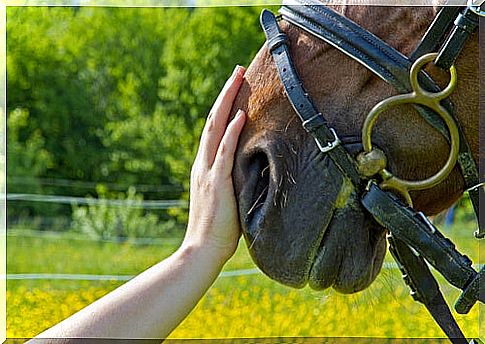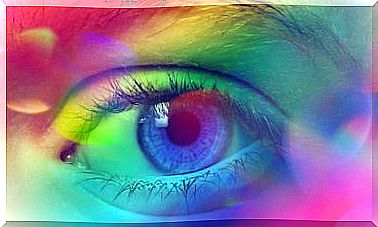6 Benefits Of Horse-assisted Therapy

Equine therapy or horse-assisted therapy is a relatively new fad. Although Hippocrates himself spoke of the benefits of horses to solve health problems as early as 460 BC , it was not until the 1960s that it really began to be used as a form of rehabilitation.
When riding a horse, the patient begins to stimulate areas of his body that he had never exercised before. This helps you improve balance and mobility, as well as eliciting an incredible communicative response from riders.
These do not have to be placed in a conventional way: sometimes they can be sitting backwards, standing up or in different postures that can be alternated. The animal’s trotting rhythm is similar to the movements of the pelvis when walking, so horse-assisted therapy is perfect for people who have seen their mobility reduced.
It is also highly recommended for people with autism, Down syndrome, sclerosis, cerebral palsy, and many traumatic diseases. It is very important that we bear in mind that this is an alternative that must always be accompanied by medical treatment, otherwise it will be difficult for us to notice progress.

Socializing function
Animals often create a special bond with humans, especially horses. Non-verbal communication between the person and the equine reinforces the affective bond that is created: words are not necessary for coordination to be perfect. Emotions find space to flow and the relationship between the two ends up generating affection and understanding is often indescribable.

Physical exercise
Horse-assisted therapy involves the exercise or use of many muscles in our body. Balance, strength and dexterity (always accompanied by a person who is attentive at all times) are essential and favor the mobility of the joints, specifically the abdomen, buttocks, calves, arms, coming in very handy to strengthen spinal column.
Horse riding in itself is a very complete and recommended sport; If we also add the relaxation caused by the horse’s body temperature, we will have a perfect excuse to continue learning about this discipline a little more.
Improved self-esteem
Make people with any type of disability feel useful. Animals do not judge, they do not mock and they do not criticize. Somehow, they treat humans equally and without distinction. In addition, they are the first to thank any gesture of affection.
Horse-assisted therapy acts as a catalyst for more complex emotions. The love and understanding that an animal can give us is sometimes much more enriching than what some people can bring. Something that anyone who has lived with an animal can testify to.
Increase attention span
It improves concentration and attention, something especially valuable in people with ADHD. The patient focuses on the relationship with the horse, thus increasing the spatio-temporal domain, since it promotes pre-operative thinking.
Of all ADHD patients, it is especially good for children. In this sense, training and increasing your ability to control and maintain attention is important, especially if, as it seems, the effects achieved in horse-assisted therapy are generalized to the educational context. On the other hand, at a sensory and cognitive level, it increases reflexes and stability.

Relax and de-stress in equal parts
It’s a great exercise to free your mind from day-to-day stress. Many psychologists recommend it to deal with anxiety and stress problems. In the same way, it is also used in some cases of anorexia and bulimia.
It also helps to relate to other people who are outside of our usual context. Improves self-control of emotions and teaches patients to express what they feel appropriately.
Environmental function
The patient does not feel that he is in a serious or artificial place, as a consultation can be. Carrying out therapy with horses allows us to be outdoors, a much more natural space where our senses have the opportunity to expand , making it easier for the feeling of well-being to increase.
Nature acts in a therapeutic way, offering the unique opportunity to involve the person and the animal in the same context. In addition, today it is a practice that has many followers around the world. It is a very widespread alternative thanks to its innumerable benefits at all levels, although it is true that it must always be accompanied by a specialized treatment.
Recommended bibliography
Zamarra San Joaquín, MP (2002). Pet-assisted therapy. Well-being for the human being. Today’s topics.
Barbados Sánchez, Alejandra. (2016). The efficacy of animal-assisted therapy in people with disabilities. University Institute of integration in the community. Salamanca.









